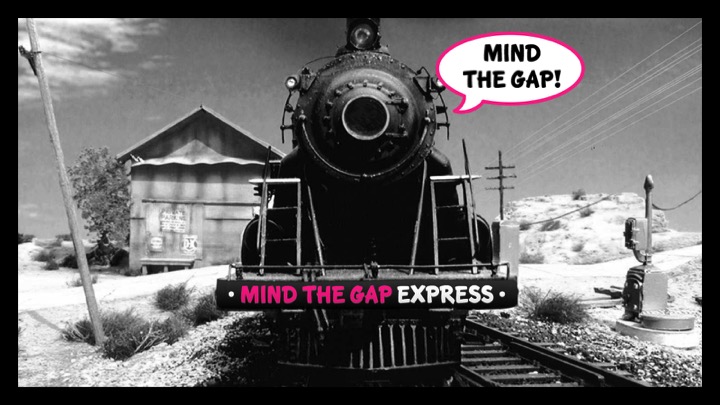Listen to us here.
Mitch's blurb:
We speak with Gwen and The Unicorn, champions of the Geeks Who Drink, masters of the Potter knowledge, and keepers of the words. The ladies join Guillermo to sit, and wax poetic, philosophical, and literal on J.K. and her work. Comparisons are unavoidable to greats like Professor Tolkien, and we work together to sort out our feelings, and fandom. It’s really just a get to know you, to prep for next time when the gloves really come off.
Gwyen the Valkyrie & Melissa the Unicorn are the people I know who are most passionate about the wizarding world. They read the books annually, keep up with the Pottermore site, and can probably cast all the spells in their sleep faster than you can think Avada Kedavra. Ergo, we knew it was going to be the goodness when we sat behind Mitch's three magic (and one less than magic since Mitch gave me the one from the muggle's back alley dollar store) mics to use our literary divination skills.
 |
| [I will beat you for Slytherin!] |
Also we discuss the vacuum of a post-Saxon mythology for England that Tolkien attempted to fill, how Rowling successfully built upon that, and how these NorsePlays rest on the most fantastic foundation of all that is Norse Mythology & Lore.
So put on your house colours (green & silver rule, fool!) and strap on your extendable ears for a pleasant time on the Red Room Express Train.
 |
| [Ride or die!] |
# # #
While a mostly happy bookstore fixture for over two decades, Guillermo Maytorena IV is currently willing to entertain your serious proposals for employment as a literary/cinema critic, goth journalist, castellan, airship pilot/crewperson, investigative mythologist, or assisting in a craft brewery. Should you be connected to any of the above or equally interesting endeavours, do contact him via LinkedIn or G+.
While a mostly happy bookstore fixture for over two decades, Guillermo Maytorena IV is currently willing to entertain your serious proposals for employment as a literary/cinema critic, goth journalist, castellan, airship pilot/crewperson, investigative mythologist, or assisting in a craft brewery. Should you be connected to any of the above or equally interesting endeavours, do contact him via LinkedIn or G+.


